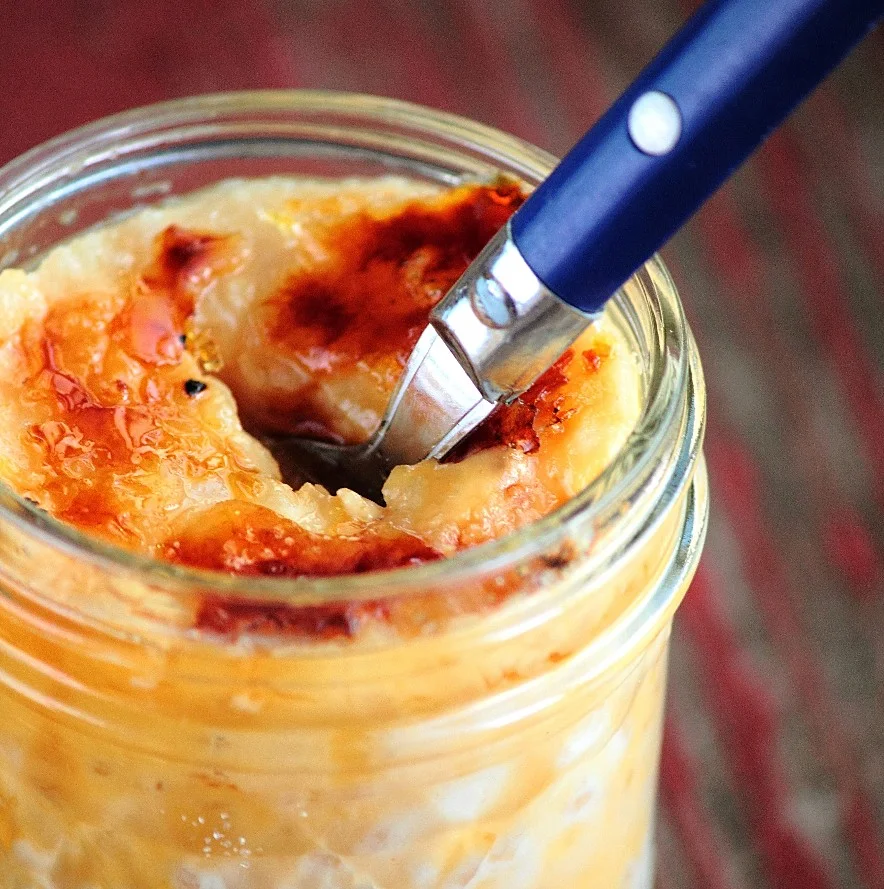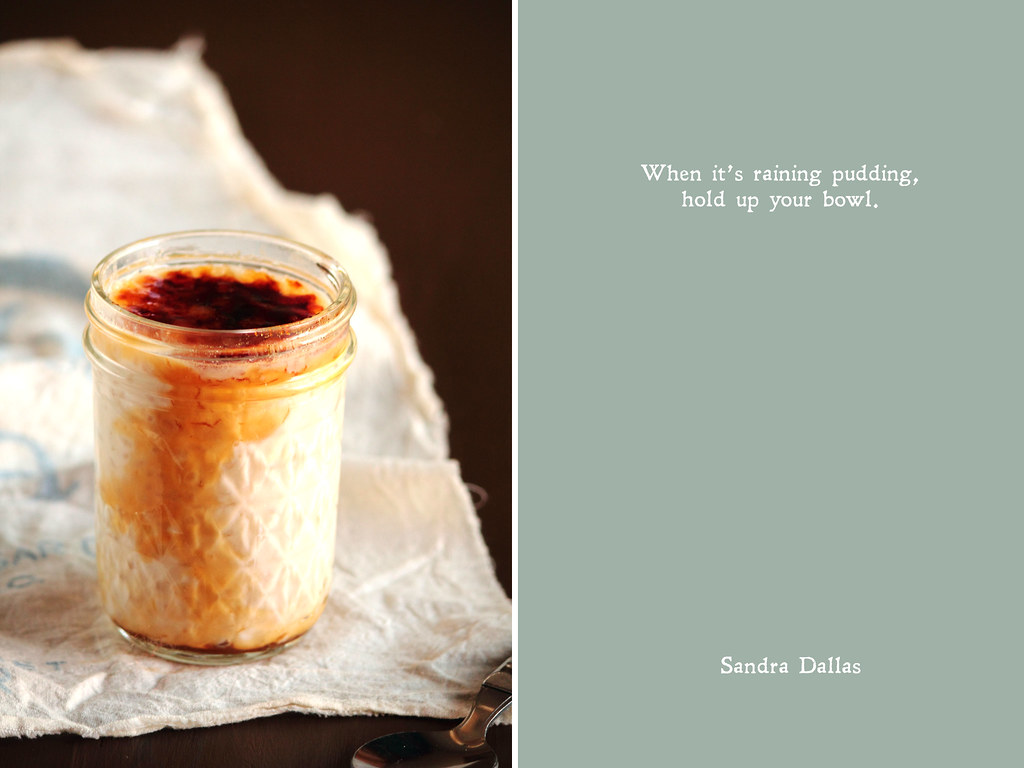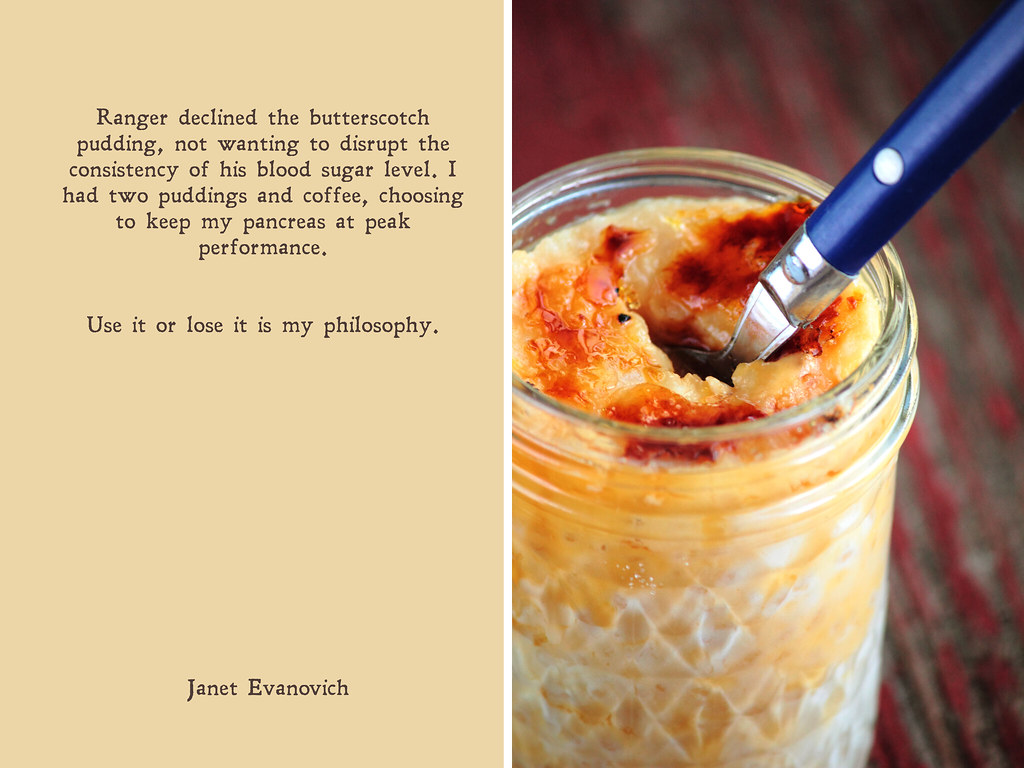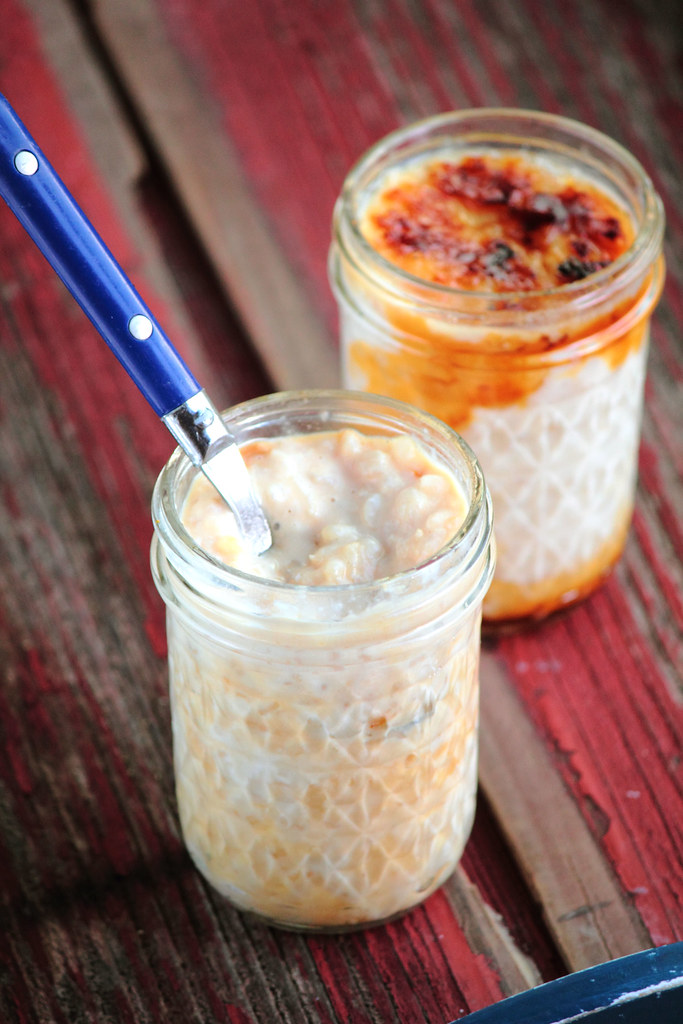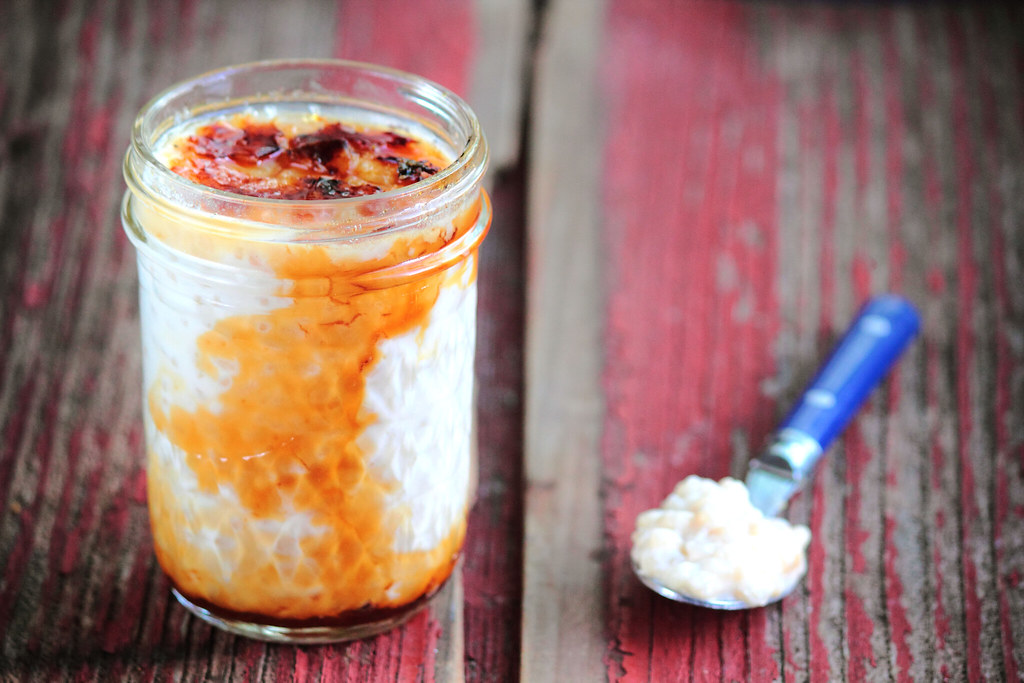Brûléed Lemon Tart
/The cold weather that winter brings provides the perfect reason to turn on the oven. Warming the home with the scent of butter and sugar lifts spirits, countering the doldrums that can follow when we hibernate indoors. In winter, I turn to pastries with bright and bold flavors to counter the rich comfort food. With citrus fruit in peak season during the winter months, lemons are next pick on my menu.
In partnership with King Arthur Flour, each month I want to challenge you with a new recipe, filled with step-by-step explanations and techniques, to help you grow and develop as a baker. This month we're taking on a brûléed lemon tart. Lemon tarts, or tarte au citron, are a classic French dessert, combining a tart lemon filling with a buttery crust. This version of a lemon tart blends the French classic with a burnt sugar top to add a new textural dimension.
The tart dough combines a mixture of pastry and almond flour. Pastry flour naturally creates tender baked goods. Pastry flour has less protein than all-purpose flour, which means that less gluten forms in the dough. Almond flour is also added to the dough; the subtle nutty flavor complements the bright citrus fruit, and adds to the crust’s delightful texture. To counteract the lower amount of gluten in the flours, an egg is added as a binder. With powdered sugar for sweetness and butter for tenderness, the tart dough comes together in a similar fashion to cookie dough.
By using these nontraditional flours, the baked crust takes on a crumbly, melt-in-your-mouth quality that matches the silkiness of the lemon filling.
The tart dough will have a texture similar to cookie dough when prepared. Because the dough is too soft to roll out into a sheet, it is directly pressed into the tart pan with the heel of your hand. I find it easiest to tear the dough into pieces and spread them out evenly on the bottom of the pan. This technique makes it relatively simple to press the dough into a uniform thickness. I also reserve a small amount of dough to fill in thin spots after pressing, especially along the sides of the pan where it tends to be an irregular thickness.
The dough is then poked with a fork along the bottom of the pan to release air when it is baked. This prevents the dough from rising, helping keep its original shape.
Before baking, the tart dough is chilled in the refrigerator for 30-60 minutes. By chilling the dough, it allows the gluten in the dough to relax, which minimizes shrinking during the baking process. Chilling also hardens the butter, will contribute to the crust's flaky texture when baking. Overall, chilling the dough is a win-win situation when it comes to pastry.
The lemon filling is made in a similar fashion to lemon curd. To start, lemon zest is rubbed into granulated sugar with your fingers, releasing the oils in the peel to create additional flavor. Freshly squeezed lemon juice is mixed in with a few eggs, which are used to thicken the filling. The picture on the left shows the filling before heating.
While heating, the filling should be whisked constantly to prevent the eggs from curdling. After 8-10 minutes, the eggs will have thickened the mixture enough so that the whisk will leave tracks in the filling. This is when you will know it is done. I prefer to run the filling through a fine mesh strainer to remove the zest and remaining solids to give the filling a silky smooth finish. This is shown in the picture on the right.
Butter is added one cube at a time to the filling to lend a rich creaminess. Each cube of butter should be fully melted and incorporated into the filling before adding another. This slow process of adding the fat in the butter to the water in the filling creates an emulsion, making the filling stable.
The tart crust is baked separately before adding the filling. This prevents a soggy tart crust and produces a crust that is tender and buttery instead. Then the filling is added and finishes baking until set. The tart is left to cool to room temperature for several hours to set up the filling. For the perfect slices with clean edges, I suggest covering the tart after it has cooled and allowing it to sit overnight at room temperature.
Just before serving, sprinkle the top with a generous amount of granulated sugar and use a torch to melt it into a crisp topping. While a kitchen torch will do, I like to bring out the full-sized blowtorch for this job (I was gifted one for Christmas several years ago, and love finding excuses to use it). To prevent the sugar from burning, start by holding the torch a good distance away from the tart, slowing moving closer, until you find the right height to caramelize, but not burn the sugar. Also keep the torch away from the edge of the tart crust; it will burn if you are not careful.
If serving a few pieces instead of the entire tart, just sugar and torch those individual slices. The sugar topping will not stay crisp once stored.
Brûléed Lemon Tart is a bright, citrus dessert to add color and flavor to these cold winter days. A tender crust holds in a creamy lemon filling, which balances the tart lemon with the sweetness of sugar. The tart is burnt using a torch to add a crisp, textured topping. Serve the whole tart at once for family and friends, or individual slices one at a time for you and the ones you love.
One Year Ago: Pear Vanilla Sorbet
Two Years Ago: Pear Chocolate Scones
Three Years Ago: Chocolate Chunk Ginger Cookies and Vanilla Bean Marshmallows
Four Years Ago: Dark Chocolate Oatmeal
Five Years Ago: Zuppa Toscano and Quick Chocolate Cake
Bruleed Lemon Tart
Yield 8-12 servings
Tart Dough
8 tablespoons (113 grams) unsalted butter, room temperature
1/2 cup (60 grams) powdered sugar
1 large egg
1 teaspoon vanilla
1/2 teaspoon salt
2 cups (225 grams) King Arthur Pastry Flour
1/2 cup (50 grams) King Arthur Almond Flour
Lemon Filling
Zest of 3 lemons
1 1/4 cups (250 grams) granulated sugar, divided
1/2 cup (120 mL) fresh lemon juice
3 large eggs
6 tablespoons (85 grams) unsalted butter, cubed
In a large mixing bowl, beat together the butter and powdered sugar until light. Add the egg, vanilla, and salt and continue mixing until uniform, scraping down the sides as needed. Add the flours, mixing until the dough comes together and begins to gather in the bowl.
Press dough into an 10-inch ungreased tart pan evenly on the bottom and sides. Poke a fork into the bottom to release air while baking. Refrigerate for 30 minutes to 1 hour.
To make the lemon filling, combine the lemon zest and 1 cup sugar in a saucepan. Mix together with your fingers until fragrant. Whisk in the lemon juice and eggs.
Cook the mixture over medium to medium-high heat, whisking constantly, until it thickens (you should be able to make tracks in the mixture with your whisk). This will take about 8-10 minutes. Use a fine mesh strainer to remove the zest. Add the butter, one cube at a time, whisking until it is fully incorporated before adding another. Set aside.
Preheat oven to 350 degrees F (180 degrees C).
Bake chilled tart dough for 15-20 minutes, or until dry in appearance and touch. Add lemon filling and continue baking for 25-30 minutes, or until filling has set. Cool to room temperature.
Just before serving, sprinkle the remaining 1/4 cup sugar over the tart.* Using a torch, melt the sugar and form a crisp top. Serve immediately.
*If serving a few pieces instead of the entire tart, only sprinkle and torch the pieces going to be served. The sugar topping will not stay crisp once stored.
This post is sponsored through a partnership with King Arthur Flour. All thoughts and opinions are my own.










